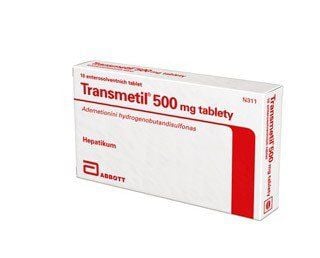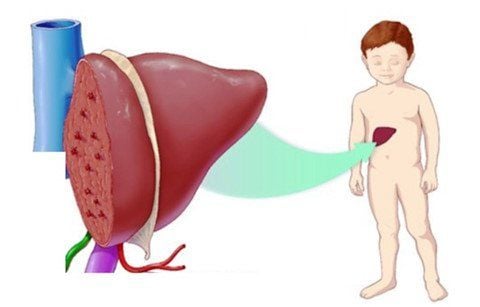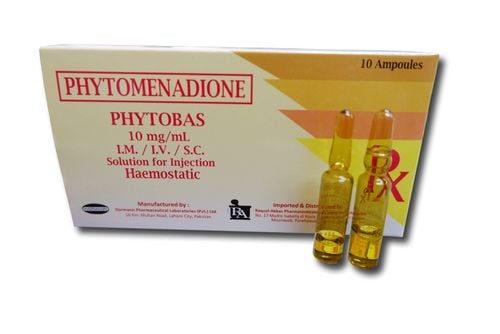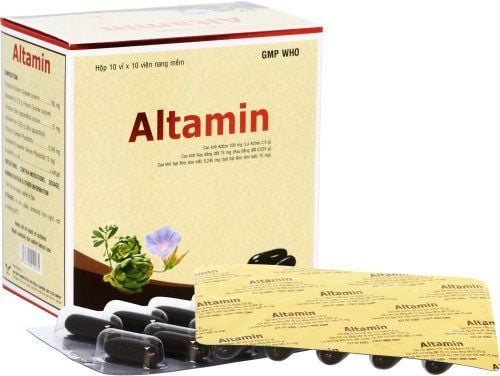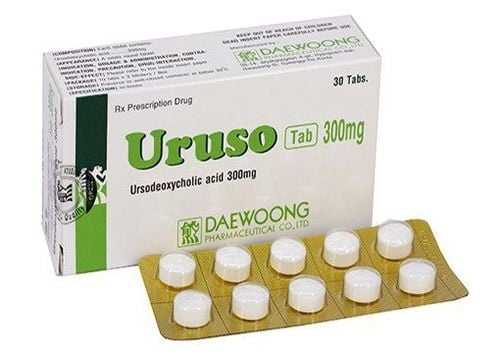This is an automatically translated article.
The article was professionally consulted by MSc Vu Van Quan - Department of General Surgery & Anesthesia - Vinmec Hai Phong International General Hospital.Congenital biliary atresia is considered a rare pathology of the liver and biliary tract, characterized by disruption or deficiency of the extrahepatic biliary system, resulting in obstruction of bile flow.
Diagnosis of congenital biliary atresia is usually not too difficult. The treatment method is surgery to connect the liver stem to the jejunal loop. Experts recommend that the appropriate time for surgery for children with congenital biliary atresia is from 1 to 2 months of age.
The recovery process after surgery, there may be some complications:
1. Early complications
The podium connects, drains bile into the abdomen. Electrolyte disturbances, hyponatremia are serious complications and difficult to recover. Biliary atresia is a common complication both in the early and late stages after surgery. Patients with high fever, abdominal distension, discolored stools, leukocytosis, hyperbilirubinemia, increased transaminases. Biliary atresia can impede bile drainage. If repeated many times can make cirrhosis progress faster, liver failure.

2. Late complications
Increased pressure in the portal vein: Complications are common in cases of biliary atresia in neonates, even when the child after surgery has good bile secretion, and the jaundice is gone. It is necessary to periodically check with Doppler ultrasound of the liver and portal vein system, evaluate the platelet count. When symptoms of portal hypertension are present, esophagogastroduodenoscopy should be performed every 6 months to 1 year to evaluate and prevent gastrointestinal bleeding. Primary prevention of gastrointestinal bleeding due to portal hypertension in esophageal varices >grade II is with propranolone at a dose of 0.5 - 1mg/kg/24. Note to check the electrocardiogram, echocardiogram, blood sugar before indication and periodically when re-examination. Monitor the patient's pulse daily during treatment; Endoscopic intervention treatment: ligation of varicose veins, sclerotherapy if grade III-IV varicose veins, high risk of gastrointestinal bleeding; If conservative treatment methods fail, consider the indication for anastomosis surgery. Malnutrition: Complications are common in over 50% of children with biliary atresia after surgery. Need to consult and design a nutritional rehabilitation treatment diet by a specialist; Cirrhosis - A late complication of biliary atresia.
- Bile is stagnate due to inflammation, biliary obstruction in both internal and external bile ducts. Bile impact causes damage, liver cell damage is the cause of the disease. Cirrhosis is a disease characterized by replacement of liver tissue by fibrous tissue, scarring, and the formation of neoplastic nodules. Over time, if not treated early, the fibrous tissue will spread throughout the liver, leading to severe liver function decline, which can even be life-threatening in children with biliary atresia.
Liver failure: Late complications after surgery, as a result of advanced cirrhosis. Periodic examination is necessary for early detection and treatment; If liver failure is not reversible, a therapeutic liver transplant should be considered. Liver failure is one of the dangerous diseases. Liver failure has a slow progression. The symptoms of the disease are not obvious, so it is difficult to detect early. If not treated promptly, liver failure can cause serious complications, even death, for children with congenital biliary atresia.
Master. Doctor. Vu Van Quan has more than 10 years of experience working in the field of General Gastroenterology, specializing in the examination and treatment of surgical pathologies of the gastrointestinal tract, liver, bile, pancreas and diseases of the abdominal peritoneum and abdominal wall.
Please dial HOTLINE for more information or register for an appointment HERE. Download MyVinmec app to make appointments faster and to manage your bookings easily.





